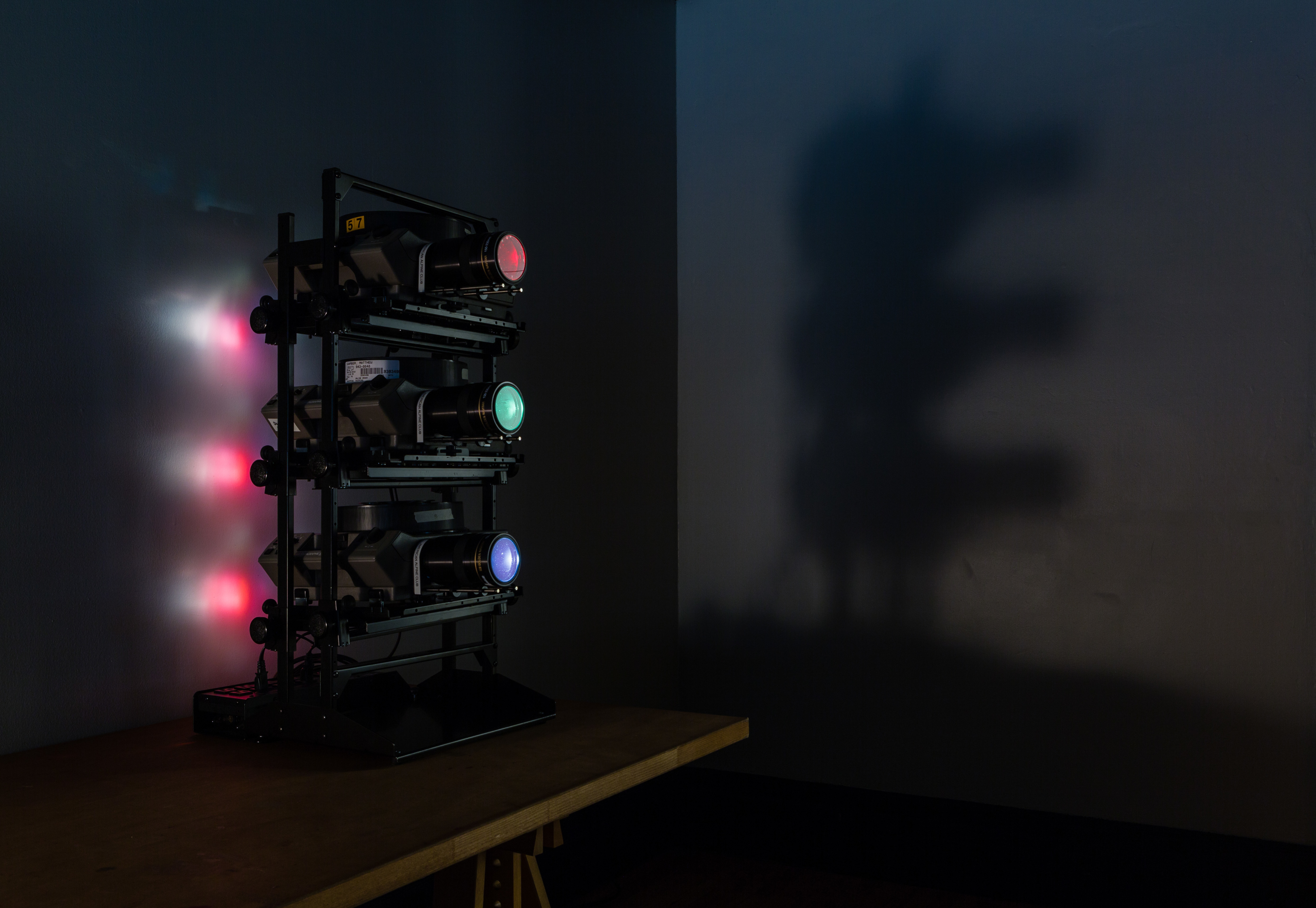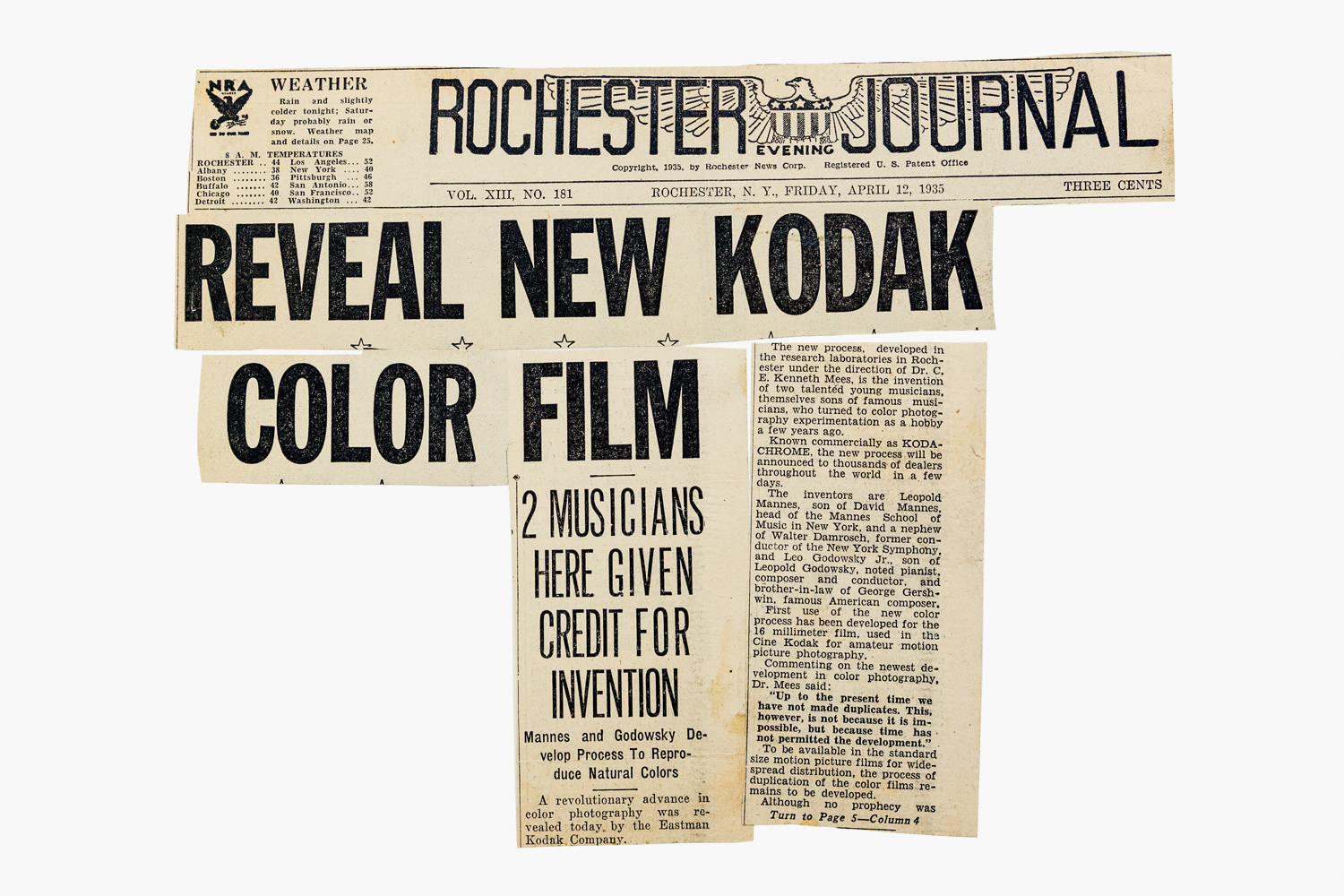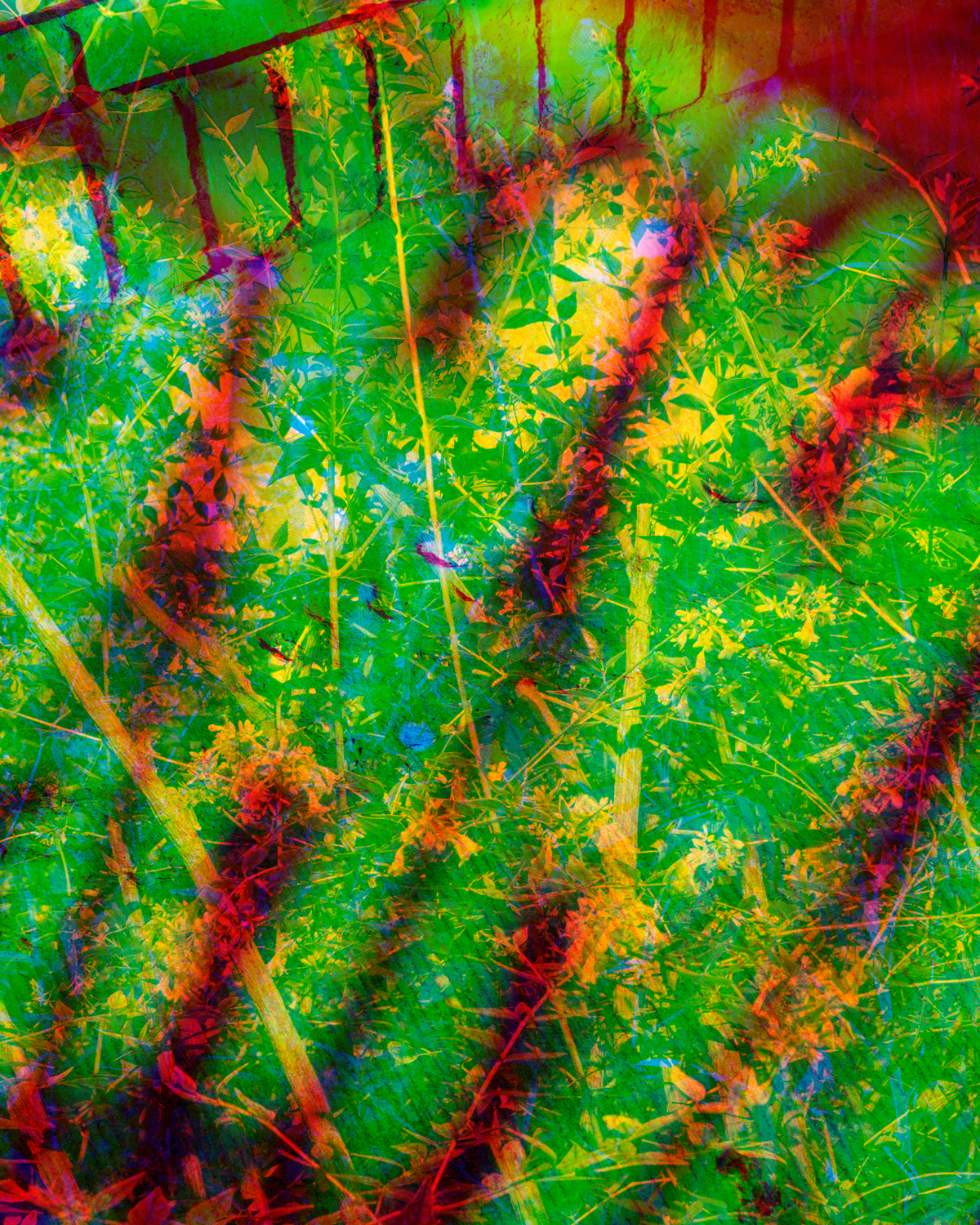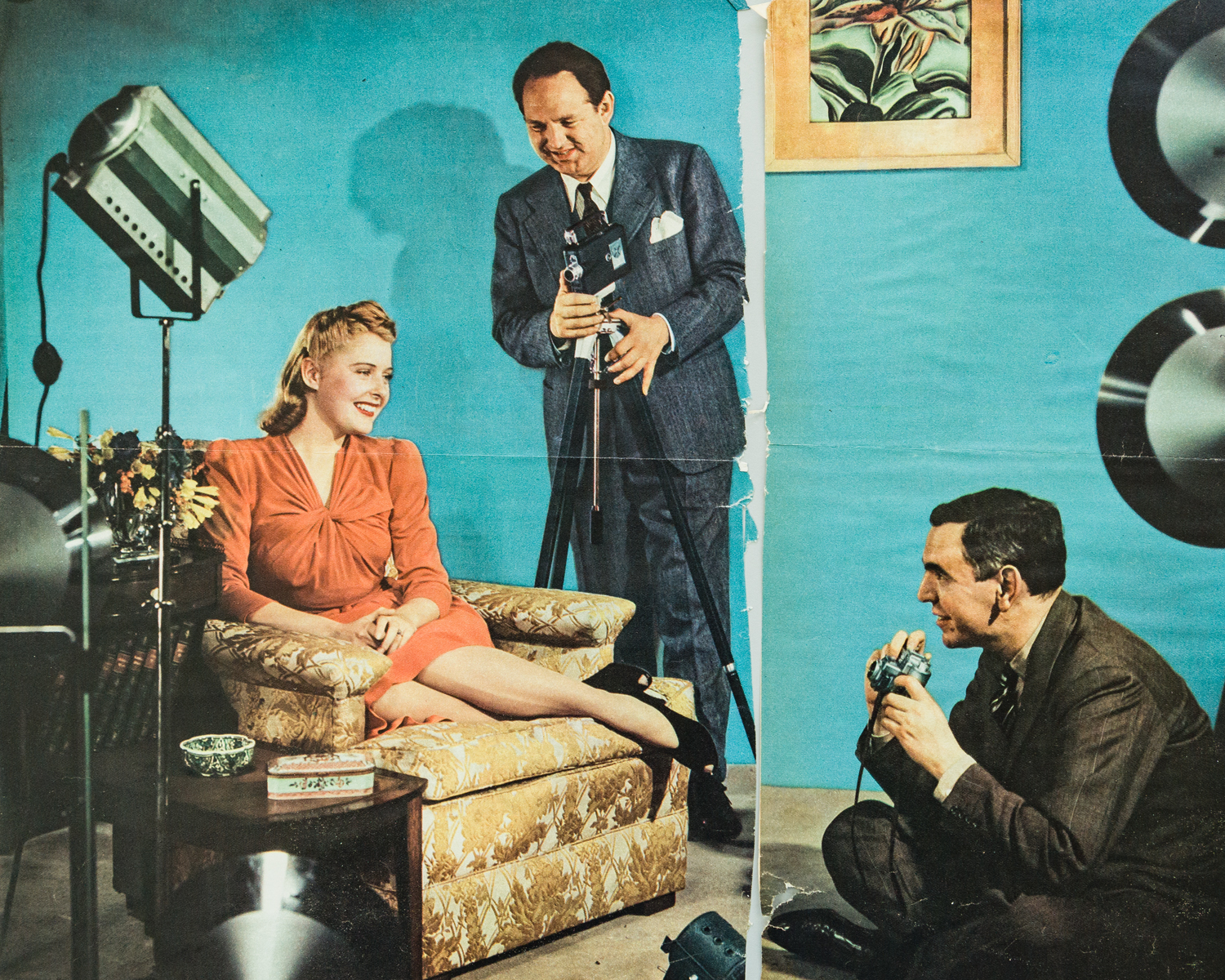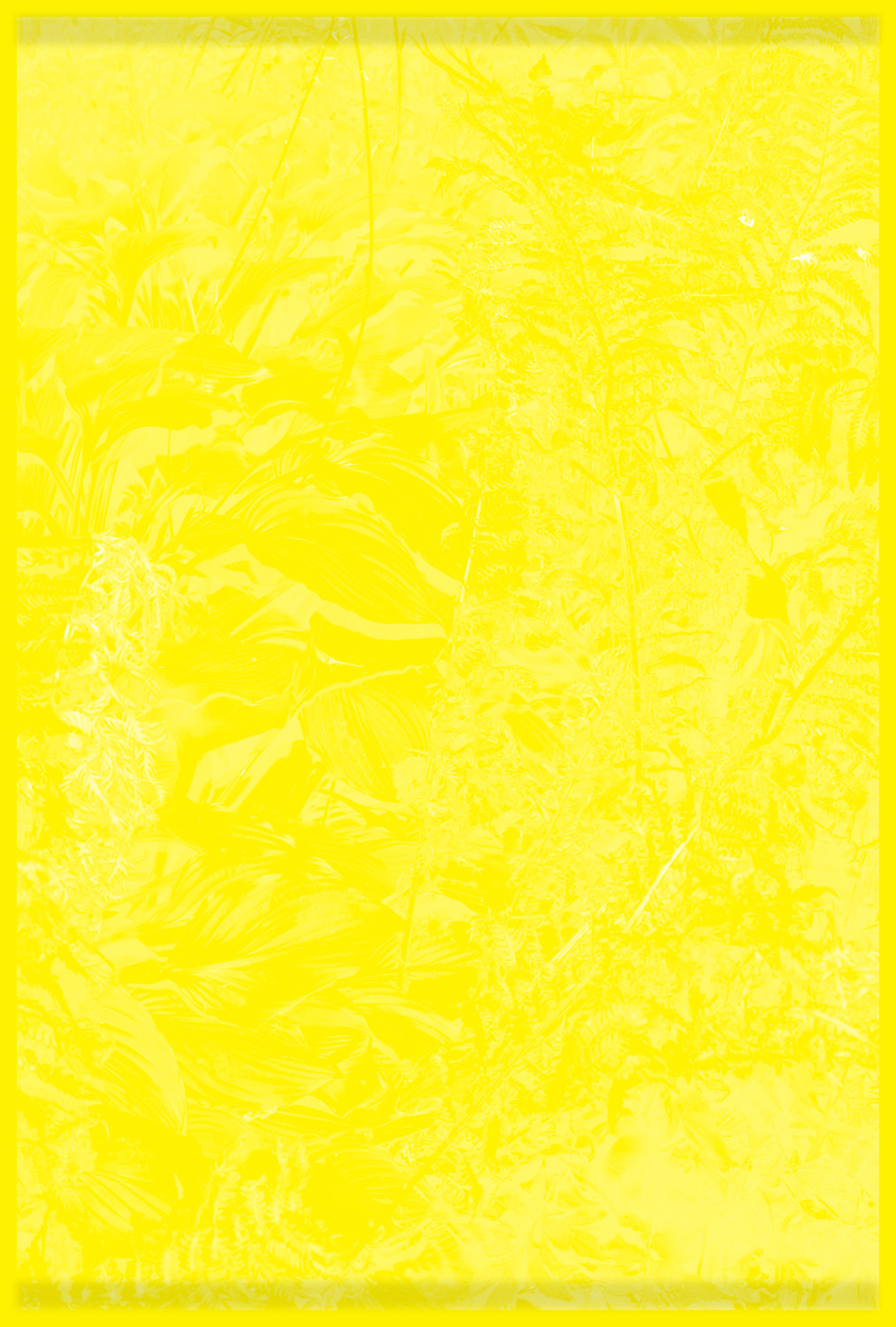Whistling in the Darkroom is an evolving slideshow recreating the early color experiments of Leopold Godowsky and Leopold Mannes, professional musicians and amateur scientists.
Shot in locations where the inventors worked on their initial tests, these images serve as a reenactment of the colors the inventors would have experienced during their decade-long collaboration.
In 1936, with the help of Kodak's research facilities, their process was finally realized as Kodachrome, the first commercially successful color film. Among the researchers at Kodak Park, a common in-joke was that it required the talents of both “God and Man” to develop the technology that could convincingly reproduce a full-color spectrum in a set of layered chemical dyes.
Shot in locations where the inventors worked on their initial tests, these images serve as a reenactment of the colors the inventors would have experienced during their decade-long collaboration.
In 1936, with the help of Kodak's research facilities, their process was finally realized as Kodachrome, the first commercially successful color film. Among the researchers at Kodak Park, a common in-joke was that it required the talents of both “God and Man” to develop the technology that could convincingly reproduce a full-color spectrum in a set of layered chemical dyes.
Whistling in the Darkroom is an evolving slideshow recreating the early color experiments of Leopold Godowsky and Leopold Mannes, professional musicians and amateur scientists.
Shot in locations where the inventors worked on their initial tests, these images serve as a reenactment of the colors the inventors would have experienced during their decade-long collaboration.
In 1936, with the help of Kodak's research facilities, their process was finally realized as Kodachrome, the first commercially successful color film. Among the researchers at Kodak Park, a common in-joke was that it required the talents of both “God and Man” to develop the technology that could convincingly reproduce a full-color spectrum in a set of layered chemical dyes.
Shot in locations where the inventors worked on their initial tests, these images serve as a reenactment of the colors the inventors would have experienced during their decade-long collaboration.
In 1936, with the help of Kodak's research facilities, their process was finally realized as Kodachrome, the first commercially successful color film. Among the researchers at Kodak Park, a common in-joke was that it required the talents of both “God and Man” to develop the technology that could convincingly reproduce a full-color spectrum in a set of layered chemical dyes.
